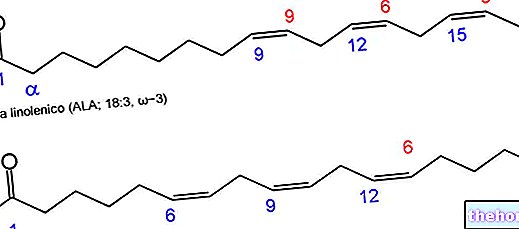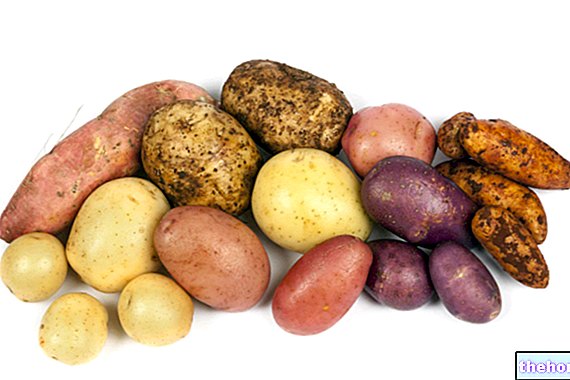It is possible to make potato bread using not only the boiled tuber, but also with mashed potatoes or by replacing some of the regular flour with potato starch or potato flakes. Either way, potatoes increase overall nutritional value, making it comparable to whole grain bread for fiber and nutrients like zinc and iron. Potato bread has about the same calories and protein as regular bread, but provides much more potassium than white or whole wheat bread.
Higher fiber content
Potato bread and wholemeal bread have an advantage over regular white bread when it comes to fiber;
- Common bread: 2.7 gr fibers
- Wholemeal bread: 7 gr fibers
- Potato Bread: 6.3 gr fibers
The amount of fiber obtained, of course, can vary depending on whether the flour used in the dough with the potatoes is wholemeal or processed. Potato flour has three times more fiber than white flour for all uses, while wholemeal flour provides more of the other two.
Potassium and mineral salts content
If you need to add more potassium to your daily diet (often only about half the recommended daily amount is consumed), potato bread is a viable alternative. 100 grams of potato bread contains 718 milligrams of potassium. Potato bread provides nearly three times more potassium than wholemeal bread and seven times more than white bread. Potassium protects cardiovascular health by compensating for the impact of sodium by lowering blood pressure.
Minerals contained in 100 gr of potato bread
- Calcium 188mg
- Iron 2.25mg
- Magnesium 28mg
- Phosphorus 369mg
- Potassium 718mg
- Sodium 375mg
- Zinc 1.44mg
- Copper 0.094mg
- Manganese 0.253mg
- Selenium 9.5µg
Did you know that ...
Many choose to eliminate potatoes from their diet often because of their energy intake. In fact, if consumed as a substitute for cereals and legumes (the other two sources of starch in the diet), keeping the same portion, potatoes contribute to significantly reduce the general caloric balance. There is a lot of debate about their excessive glycemic-insulin index, but this is a wrong consideration. In fact, this characteristic, in addition to subordinating to the glycemic load criterion, changes significantly according to the cooking method and the general composition of the meal. So it is useful to prefer fat-free cooking and combine potatoes with foods with a low glycemic load.
, contains about the same amount as white bread. But it provides a lot more folate than wholemeal bread, unless wholemeal bread is enriched with folic acid. Folate and folic acid work the same way, but folate is the natural form, while folic acid is used in supplements. Folate activates many metabolic activities, including those that synthesize DNA and proteins. It also helps make a substance called S-adenosylmethionine, or SAMe, which helps make neurotransmitters.









.jpg)

















